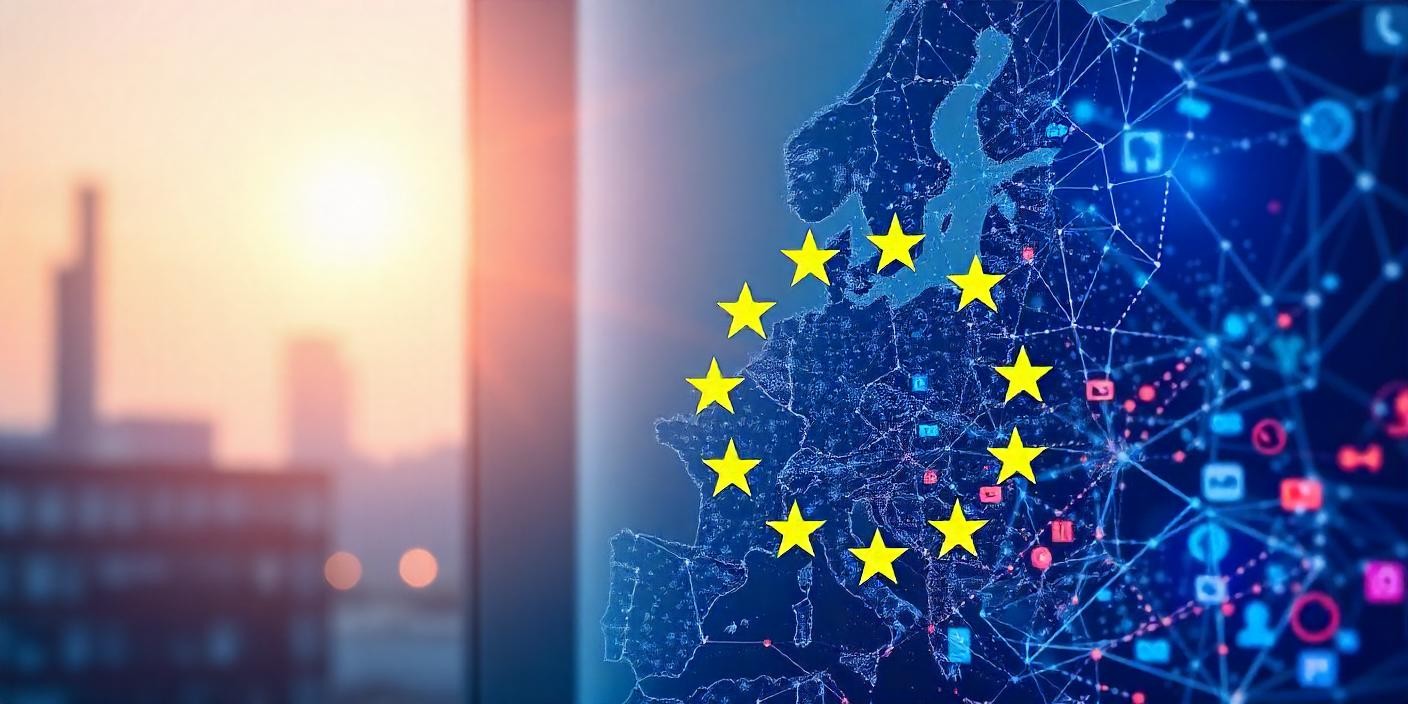The article is based on a webinar held on September 11, 2024, featuring an interview between Dr. Frank Richter, CEO of Greenectra, and Dr. Piotr Kołodziejek, Key Expert in Innovation for Greenectra and BattXcel Program Coordinator.
Introduction:
Generally, innovative ideas must address important economic and social needs and demonstrate a high level of demand and profitability to receive funding. However, having a solid plan is not enough; companies need to prove possession of, or plans to acquire, all necessary resources for project realization, which indicates a high probability of the project’s success in the market.
It is also important to mention that during the application process, there is a phase when the expert committee speaks with the applicants, asking critical questions to evaluate them while also helping to improve the application.
From experience, companies’ representatives should be actively involved in preparing the application rather than simply handing over a general idea to consulting firms. It is crucial to demonstrate a strong commitment and passion from innovators in bringing their ideas to life. Lastly, the applicant’s willingness to collaborate with the expert committee has proven to be a significant factor in improving the application’s quality and increasing the likelihood of receiving funding.
Key Factors for successful applications:
It is important to be aware that there are approximately 40 detailed evaluation criteria. Some criteria are judged on a binary pass/fail basis, and failing just one criterion will result in the project not being recommended for funding. Other criteria are assessed on a point basis, with up to 5 points possible. These are the criteria where the expert committee can assist in improving the score. That is why a cooperative attitude with the experts is so important.
That is why a cooperative attitude with the experts is as important as strong communication skills. It is also crucial to have highly skilled technical personnel present at the meetings with the expert committee, as all questions from the experts need to be answered accurately. In these meetings, it is essential not only to convince the experts that the innovation is of high quality and highly profitable but also to demonstrate that the applicant team has passion, skills, open minds, and experience.
Other key factors for success include scientific experience, which ensures that the applicant can be supported in the ideation process, and that the quality of innovation, research, methodology, and task qualification are appropriate for the type of research. Additionally, having ideas for innovation and an openness to brainstorming can improve or refine the innovation, making it more mature. Understanding EU funding is also crucial, as it helps evaluate if the idea is suitable for application and aligns with funding opportunities. Finally, adjusting the applicant’s needs and ideas to the appropriate EU program or call is essential for a successful application.
Who is eligible to apply for EU funding?
Depending on the specific program, eligibility criteria may vary. However, EU funding is available for companies of all sizes, including SMEs and large companies—often through separate programs or cooperative consortia—as well as universities and research institutions (particularly those focused on collaboration with companies), non-governmental organizations, startups, public institutions, clusters, and consortia formed by various combinations of these entities. Non-EU entities can participate in funding programs, with special programs for associated countries such as Norway, Iceland, Liechtenstein, and Switzerland treated similarly to EU member state participants. International organizations can be involved in projects related to global challenges such as climate change, health, and security. Additionally, programs like Horizon Europe encourage global cooperation and often allow participants from outside the EU to join consortia.
What essential documents and information do companies need to prepare?
Several documents requiring a high level of expertise and detailed information are needed. In addition to approximately 200 A4 pages of the ready-to-send application form, which serves as the basis for evaluation, it is also necessary to prepare an IP barriers analysis, a business plan, a financial model predicting the company’s financial state, and a project financial report covering the past three years.
How long does the application process typically take from submission to decision?
The application process typically takes from 3 to 6 months from submission to decision, depending on the program. However, due to the high number of applicants, the evaluation period can sometimes be prolonged. During this time, the applicant will meet with experts for a panel discussion concerning questions related to the evaluation criteria, receive recommendations for improving the application, and be given time to make necessary corrections.
The most common mistakes when applying for EU funding.
Applicants often face a varied learning curve, with different starting points, and many companies may take 2 to 3 years to successfully apply for EU funding. Some companies never achieve success due to issues unrelated to application quality, such as an inadequate innovation idea. Common mistakes include a lack of understanding of the program’s complex rules, technical errors, insufficient parameters, and a lack of quantification of effects. Additionally, many applicants underestimate the importance of scientific support and research quality requirements.
Other frequent issues include inadequate quantification of innovation and milestones, lack of thorough market analysis, and failure to compare planned results with market competitors. Companies might also argue with the expert committee without fully understanding their recommendations. Further errors involve insufficient analysis of IP barriers, lack of a quantified market analysis, and inadequate scientific methodology. Sometimes, companies focus on milestones related to purchased components rather than those resulting from research work.
Another misconception is that purchasing innovation constitutes an innovative activity. Additionally, companies may not adequately address criteria that may seem trivial, such as gender equality and disability inclusivity. Simply declaring compliance with these requirements is not sufficient; proper implementation and documentation are necessary.
Why should companies apply for EU innovation funding?
For companies hesitant to apply for EU funding, consider this: Imagine receiving funds equivalent to 10 years of EBITDA—Earnings Before Interest, Taxes, Depreciation, and Amortization—which is a measure of a company’s operating performance. And you get it for free without the need to pay it back. Think about how this could transform your competitiveness in the market. Now, consider how your situation would change if your competitors receive funding while you do not even apply. In the high-tech sector, innovation is essential to maintaining competitiveness. For most CEOs, the real question is not how to be encouraged but rather how to secure the funding.
What distinguishes Greenectra from an average consulting company when it comes to applying for and carrying out EU innovation projects?
What sets Greenectra apart from many consulting companies is the depth of experience and comprehensive support they offer. While some self-proclaimed innovation experts may lack a clear understanding of what that entails, Dr. Piotr Kołodziejek brings over 10 years of experience as a member of expert committees, having evaluated projects resulting in over 1 billion EUR of funding. Unlike some companies that may only assist with drafting a formally correct application, Greenectra provides a full spectrum of support. This includes not only ensuring the successful submission of the application but also assisting with project execution to meet milestones, which is crucial for receiving full funding without repayment.
Greenectra supports various stages of the process, including evaluating the maturity of the innovation idea, assessing feasibility, technical challenges, success potential, and identifying barriers. They organize the application preparation process by coordinating the working team, tasking, reporting, meetings, and scheduling. Additionally, they offer intellectual property barriers analysis, economic modeling, and help in finding the best partners for project execution, such as experienced scientists, research centers, universities, companies, certified laboratories, additional infrastructure, measurement devices, and suppliers for external resources.
Greenectra assists with writing the application form and supporting market and scientific data, provides direct support during panel meetings with experts, and offers ongoing project management and execution support. Successfully carrying out a project significantly increases the likelihood of securing future innovation funds.
Legal Disclaimer
The information provided in this article is for general informational purposes only and represents a personal view. All information is provided in good faith; however, Greenectra OÜ makes no representation or warranty of any kind, express or implied, regarding the accuracy, adequacy, validity, reliability, availability, or completeness of any information.
Under no circumstances shall Greenectra OÜ be held liable for any loss or damage of any kind incurred as a result of the use of this information or reliance on any information provided. Your use of this information and your reliance on any information is solely at your own risk.




